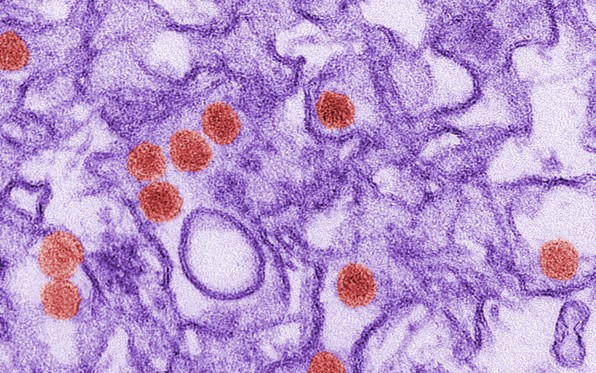SAN DIEGO—While the city of San Diego continues its efforts to combat the spread of hepatitis A virus in the city, the Zika virus continues to affect pregnant in San Diego county.
Zika is still a threat to pregnant women and women who may become pregnant, and residents should still be dumping out standing water around homes to fight the invasive Aedes mosquitoes that can potentially transmit Zika, according to Gig Conaughton, County of San Diego Communications Office
County environmental health officials say residents need to protect themselves as the region moves back into early fall months when the Zika virus made local headlines one year ago.
Between Aug. 19 and Nov. 23 last year, County vector control crews hand-sprayed people’s yards in 10 different neighborhoods to kill invasive Aedes mosquitoes to stop them from potentially spreading Zika after they were found living near people who contracted the virus while traveling. Invasive Aedes mosquitoes can only transmit Zika if they first bite a person infected with the virus. No invasive Aedes mosquitoes in the county or California have tested positive for Zika to date, Conaughton says.
Zika cases appear to be declining in other countries and parts of the U.S., after the virus raced through the Western Hemisphere in 2015, the county reports.
So far in 2017, nine San Diego County residents have tested as confirmed or probable for Zika, compared to 34 at the same time last year. All of the cases were travel-related, meaning the virus was contracted while traveling outside the U.S.
Even though Zika is not naturally found in our environment — the only cases here are travel-related and no mosquitoes have tested positive for the virus — and eight out of 10 people who become infected never suffer any symptoms, Zika has been linked to the severe birth defect microcephaly, a condition where babies’ heads and brains are smaller than normal.
Residents should dump out standing water in their backyards and around their homes at least once a week to avoid mosquito breeding.
Invasive Aedes mosquitoes can reproduce in the smallest amounts of water, even in a bottle cap. Water from rain or sprinklers can collect in all kinds of items, including: plant saucers, rain gutters, buckets, garbage cans, old tires, wheelbarrows, even toys. The County’s Vector Control Program gives out mosquitofish for free that can be used to control mosquito breeding in water sources like unused swimming pools, ponds, fountains and horse troughs.
Aedes aegypti, the yellow fever mosquito, arrived in 2014 and has been found in more and more places around the county since then. Aedes albopictus, the Asian tiger mosquito, showed up in 2015, but its populations remain sparse.
The CDC publishes a list of countries and territories where Zika has been transmitted by mosquitoes at the CDC Zika Travel Information website. Anyone who travels to a country or area where Zika is established should protect themselves from mosquitoes while traveling, and for three weeks after they return home — even if they do not feel sick — to prevent the potential spread of Zika.





